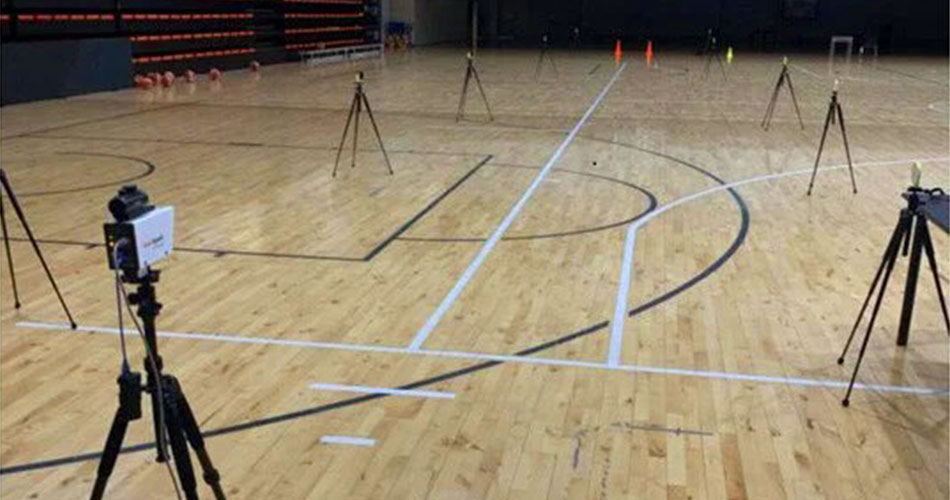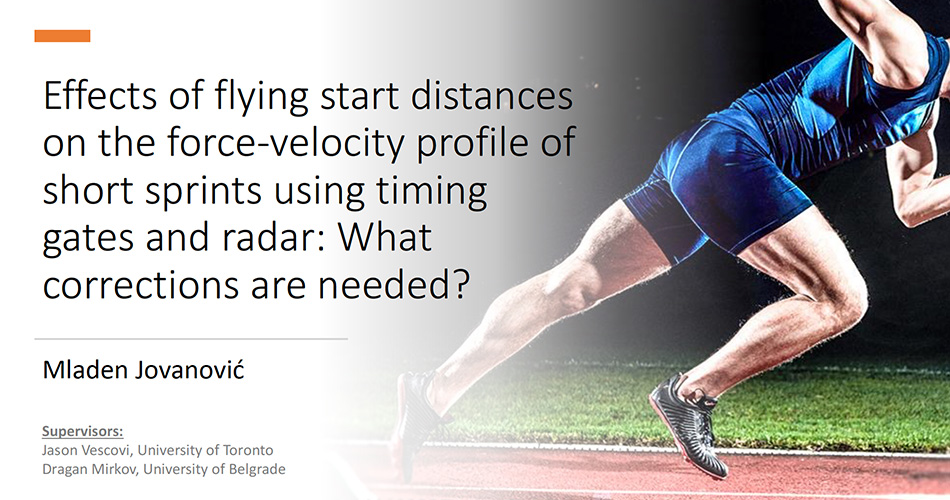Published Paper on Bias in Sprint Modeling
I am happy to announce that my pre-print paper “Bias in estimated short sprint profiles using timing gates due to the flying start”
(DOI: https://doi.org/10.51224/SRXIV.179) has been published in Computer Methods in Biomechanics and Biomedical Engineering on 28 Jan 2023, and it is available at: http://www.tandfonline.com/10.1080/10255842.2023.2170713.
This publication is my last requirement for publishing and defending my Ph.D. thesis. Hopefully, finishing everything during the first half of this year. Hopefully…
In line with my other publications, there is a reproducible R code to check the findings and reproduce the whole document. You can find it here: https://github.com/mladenjovanovic/shorts-simulation-paper
I am currently working on collecting the data and validating these simulated findings using real athletes. The results will be published in the thesis first (for the sake of speeding things up) and later as a stand-alone scientific paper.
Fifty FREE copies are available HERE.
If there are no free copies on the publisher’s website you can also download Accepted Manuscript below.
Abstract:
Short sprints are most frequently evaluated and modeled using timing gates. Flying start distance is often recommended to avoid premature timing system triggering by lifting knees or swinging arms. This results in timing system initiation not being aligned with the initial force application, which yields bias in estimated short sprint parameters. This simulation study aims to explore the effects of the flying start distance on bias and sensitivity to detect changes in short sprint parameters using three models: the contemporary No Correction model and two proposed Estimated time correction (Estimated TC), and Estimated flying distance (Estimated FD) models. In conclusion, both the Estimated TC and Estimated FD models provided more precise parameter estimates, but surprisingly, the No correction model provided higher sensitivity for specific parameter changes. Besides standardizing the sprint starting technique for the short sprint performance monitoring, practitioners are recommended to utilize and track the results of all three models.











Responses